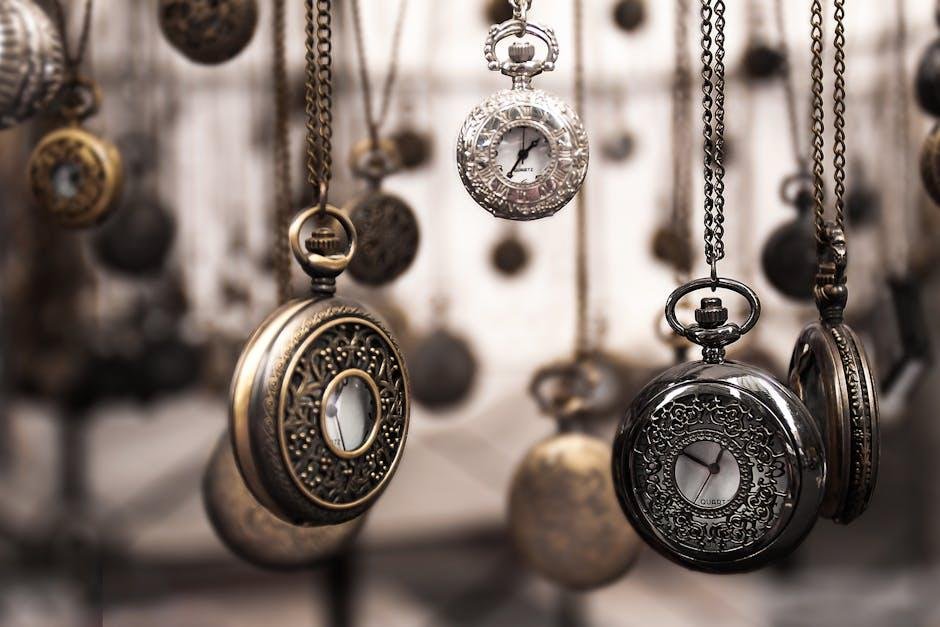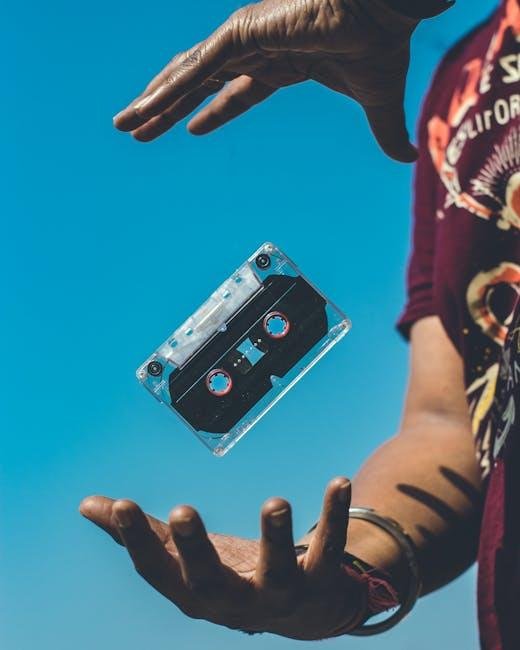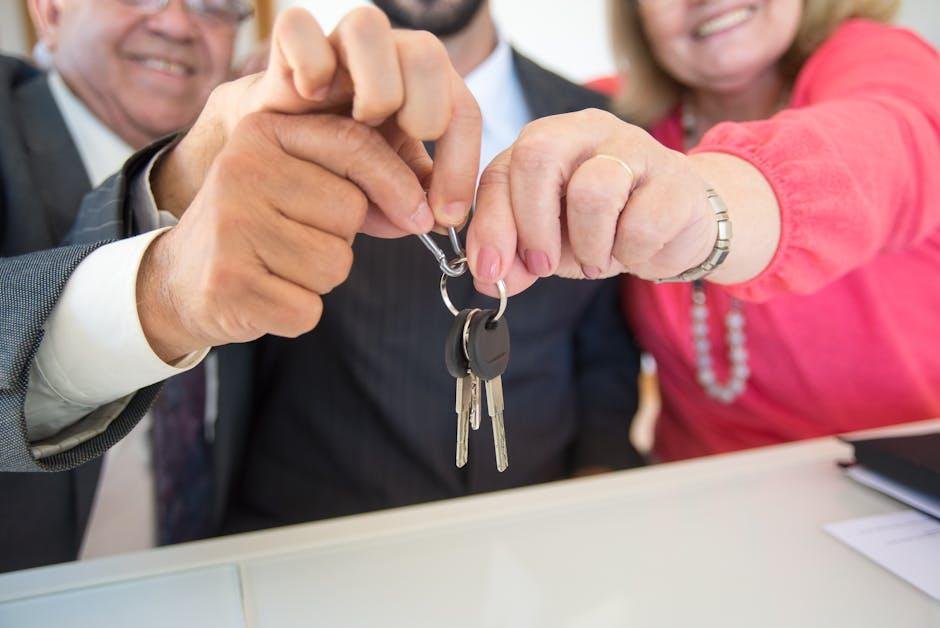When it comes to jewelry, the terms “antique,” “vintage,” and “estate” are often used interchangeably, leaving many enthusiasts and collectors confused. Each category not only reflects a unique era but also tells a story of craftsmanship, culture, and history. From the ornate designs of the Victorian era to the minimalist trends of the mid-20th century, understanding these distinctions can enhance our appreciation for these timeless treasures. In this article, we will delve into the nuances that set antique, vintage, and estate jewelry apart, exploring their defining characteristics, the eras they represent, and the emotional connections they evoke. Whether you’re a seasoned collector or a curious newcomer, a deeper understanding of these terms will enrich your journey through the enchanting world of jewelry.
understanding the Distinctions Between Antique, Vintage, and Estate Jewelry
When navigating the world of jewelry, it’s essential to recognise the subtle yet significant differences between antique, vintage, and estate pieces. Antique jewelry typically refers to items that are at least 100 years old. These pieces are frequently enough characterized by craftsmanship methods that were prevalent during their respective eras, such as Art Nouveau and Edwardian styles. In contrast, vintage jewelry encompasses a broader range, generally including pieces that are between 20 to 100 years old. Vintage items might reflect specific design trends, like those from the Art Deco movement, and are often more accessible in terms of both availability and price. Lastly, while the term estate jewelry does not specify age, it refers to previously owned pieces, whether antique, vintage, or modern, that have been resold, often at auctions or consignment shops.
Understanding these distinctions not only enhances the appreciation of one’s collection but also influences market value and desirability. Here’s a quick comparison of the three categories:
| Category | Age criteria | common Styles |
|---|---|---|
| Antique | 100 years or more | Victorian, Edwardian, Art Nouveau |
| Vintage | 20 – 100 years | Art Deco, Retro, Mid-Century Modern |
| Estate | Previously owned | Varied styles, can be antique or vintage |
Additionally, the provenance and history associated with estate jewelry can considerably enrich it’s appeal, making it a desirable choice for collectors and enthusiasts alike. Each piece tells a story that transcends time, inviting new owners to create their own narratives around the lovely adornments of the past.

Exploring Historical Significance and Craftsmanship in Jewelry Pieces
When examining the realm of antique, vintage, and estate jewelry, it’s essential to understand how each category reflects unique historical significance and craftsmanship. Antique jewelry, typically over 100 years old, showcases the artistry of past eras, echoing the social, cultural, and technological advancements of the time. The intricate designs are frequently enough characterized by materials like gold, platinum, and precious gemstones, offering a glimpse into the fashion preferences and craftsmanship techniques of yesteryears.Similarly, vintage pieces—those crafted within the last 100 years—celebrate the specific aesthetics of their times, whether it’s the bold glamour of the Art Deco period or the delicate charm of the 1960s. The historical narratives embedded in these pieces reveal much about changing societal norms and tastes.
Furthermore, estate jewelry, which can include both vintage and antique items, is often more about the origin than the age. These pieces carry stories of their previous owners, further enhancing their allure and significance. When exploring the craftsmanship of these items,one can identify various techniques,such as enameling,filigree,and hand engraving. A deeper appreciation for this fine artistry requires understanding the materials used, which frequently enough informs the value and desirability of each piece. The table below summarizes the key differences between these categories, providing clarity for collectors and enthusiasts alike:
| Category | Age Definition | Craftsmanship | Historical Context |
|---|---|---|---|
| Antique | 100 years or older | Traditional techniques, intricate designs | Reflects historical eras |
| Vintage | Less than 100 years | Era-specific styles, varied materials | Cultural trends of the 20th century |
| Estate | Any age, previously owned | Diverse techniques, personal stories | Life events and transitions |

Caring for Your Treasures: Maintenance Tips for Antique and Vintage Jewelry
When it comes to preserving the charm and allure of antique and vintage jewelry, proper maintenance is vital to ensure longevity. Regular cleaning can help remove dirt and oils that accumulate over time. For gold and silver pieces, a solution of mild soap and warm water works wonders; simply soak the jewelry for a few minutes, gently scrub with a soft brush, and rinse thoroughly. Avoid harsh chemicals and ultrasonic cleaners, as they may damage delicate stones or intricate designs. Consider using a soft microfiber cloth to buff the jewelry gently after cleaning to restore its shine.
Additionally,storing your treasures correctly is just as crucial as cleaning them. Always keep antique and vintage jewelry in a soft-lined box or pouch to prevent scratches and tangling. – Avoid exposure to direct sunlight, as it can fade gemstones.- make sure to keep different materials separate; for instance,store pearls away from other pieces to prevent potential damage from harder materials. - Lastly, having the jewelry checked periodically by a professional can help catch any loose stones or deteriorating settings before they become larger issues.

Investing Wisely: How to Choose and Value Estate Pieces for Your Collection
When diving into the world of estate jewelry, it’s essential to recognize what truly sets each piece apart. An astute collector should familiarize themselves with the nuances of antique, vintage, and estate jewelry to make informed investments. Antique pieces, generally over 100 years old, often carry a sense of history and craftsmanship that newer designs may lack. Vintage jewelry,typically spanning 20 to 100 years,encapsulates the styles of specific eras,allowing a collector to hone in on distinct aesthetics.Estate jewelry, conversely, refers to pre-owned pieces and may include both vintage and antique items.Understanding these categories will guide collectors in discerning the value and potential appreciation of their acquisitions.
When assessing the value of estate pieces, consider several crucial factors that can significantly influence market demand:
- Condition: The wear and tear of a piece can drastically affect its desirability. Look for any repairs, missing stones, or alterations.
- Provenance: A piece with a documented history can add tremendous value. Research its origins and previous ownership.
- Materials: The type of metals and gemstones used plays a pivotal role in valuation. High-quality materials often yield higher prices.
- Trend: Current market trends can influence the desirability of certain styles or periods in jewelry design.
Investors should also analyze a piece’s market performance before making a decision. The table below summarizes key characteristics that can affect the valuation:
| Jewelry Type | Age range | Typical Features | investment Potential |
|---|---|---|---|
| Antique | Over 100 years | Unique craftsmanship,historical significance | High,due to rarity and demand |
| Vintage | 20 to 100 years | Specific design trends,era characteristics | Moderate to high,based on desirability |
| Estate | Varied | Includes both antique and vintage pieces | Variable,depends on the individual piece |
Insights and Conclusions
In the enchanting world of jewelry,the terms antique,vintage,and estate each carry their own unique charm and history,weaving a rich tapestry of stories through the ages. whether you’re drawn to the ornate details of antique pieces, the nostalgic allure of vintage treasures, or the timeless elegance of estate jewelry, each category offers its own distinctive appeal, waiting to be discovered and cherished.
As you navigate this glittering landscape, remember that the value of these adornments lies not only in their age but in the emotions and memories they evoke. They connect us to the past while enhancing our present, allowing us to wear a piece of history, imbued with character and craftsmanship.
So, whether you’re a seasoned collector or a curious novice, take the time to appreciate the nuances that define each term. After all, in the realm of jewelry, every piece has a story to tell, and every collection is a bridge to the past, waiting for you to make it your own.

